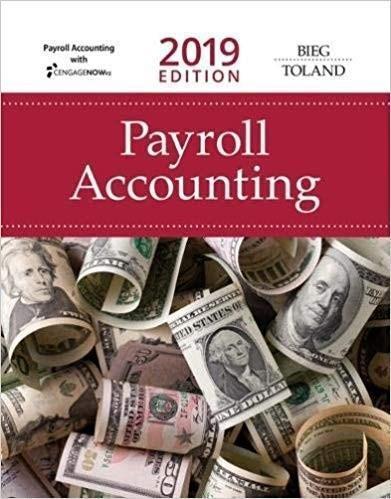Please help...
P 14-5: Comparing Alternative Investment Opportunities The 2015 financial statements for the Joeli and Sitiveni companies are summarized here: Joeli Company Sitiveni Company Balance Sheet Cash Accounts Receivable (net) Inventory Operational Assets (net) Other Assets $20,500 $19,000 $49,500 $70,000 $42,000 $10,500 $15,500 $20,000 $200,500 $152,500 Total Assets $201,000 $399,000 Current Liabilities Long-term debt (10%) Capital Stock (par $10) Contributed Capital in excess of par Retained Earnings $49,500 $32,500 $74,000 $14,500 $30,500 $24,500 $30,000 $256,000 $53,000 $35,500 Total Liabilities and Stockholders' equity $201,000 $399,000 Income Statement Sales Revenue (1/3 on Credit) Cost of Goods Sold Expenses (including interest and income tax) Joeli Company $223,500 ($120,500) Sitiveni Company $401,000 ($199,000) ($80,500) ($155,500) Net Income $22,500 $46,500 Selected data from the 2014 statements Accounts Receivable (Net) Inventory Long-Term debt $9,000 $47,000 $30,000 $19,000 $22,000 $24,000 Other Data Per share price at end of 2015 (offering price) Average income tax rate Dividends declared and paid in 2015 $17 30% $16,500 $15 30% $74,000 The companies are in the same line of business and are direct competitors in a large metropolitan area. Both have been in business approximately 10 years, and each has had steady growth. The management of each has a different viewpoint in many respects. Sitiveni is more conservative, and as its president has said, \"We avoid what we consider to be undue risk.\" Neither company is publicly held. Joeli Company has an annual audit by an independent, licensed accountant but Sitiveni Company does not. Required: 1. Complete a schedule that reflects a ratio analysis of each company. Compute the ratios discussed in the chapter. Return on Equity, Return on Assets, Financial Leverage Percentage, Earnings per Share, Quality of Income, Profit Margin, Fixed Asset Turnover Ratio, Cash Ratio, Current Ratio, Quick Ratio, Receivable Turnover Ratio, Inventory Turnover Ratio, Times Interest Earned Ratio, Cash Coverage Ratio, Debt to Equity Ratio, Price/Earnings Ratio, and Dividend Yield Ratio. 2. A client of yours has the opportunity to buy 10 percent of the shares in one or the other company at the per share prices given and has decided to invest in one of the companies. Based on the data given, prepare a comparative written evaluation of the ratio analyses (and any other available information) and give your recommended choice with the supporting explanation







